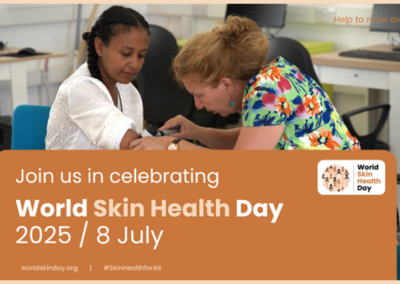Written by Fionn Woodcock, Senior Consultant Health Economist
The standard survival analysis techniques used in oncology modelling, such a parametric survival curves, provide a useful way of estimating transition probabilities to populate economic models. These models are predicated on the idea that at some point all patients will experience the event, be it disease progression or death (more specifically, death due the cancer being studied) and are asymptotic to 0. For many applications this assumption is not problematic. However, some therapies may offer a cure to a proportion of patients and in these scenarios the standard techniques might not capture the full benefit of a technology, since there are a proportion of patients who will never experience the event. In this case, a parametric model may understate survival in the cured patients.
Lambert (2007) describes a class of models known as cure fraction models, which can be used in these scenarios. They are a type of relative survival model where survival at time t, S(t) is expressed as a product of general population survival, S’(t) and a relative survival function, R(t):
S(t) = S'(t)R(t)
These models estimate the proportion of patients that are cured, π, from the data and a relative survival function that is asymptotic to this. One example of such a model is the mixture cure model, which takes the form:
S(t) = S'(t)(π+(1-π)*r(t))
Here r(t) is a is a standard parametric survival model, such as a Weibull model, which represents mortality in the uncured patients. Such models can be estimated in STATA using the strsmix command. The command will provide an estimate of the cure fraction (i.e the proportion of patients cured of disease, π) and the coefficients for the parametric model for uncured patients. This is then combined with the general population mortality in the economic model.
This approach allows us to model a proportion of patients being cured and returning to general population mortality risk. If this is too strong an assumption, a mortality ratio can be applied to general population mortality to reflect higher mortality in the cured patients.
What information is required?
No clinical definition of cure is required, or information on cure at the individual level, as the model’s estimates are based on a ‘statistical’ cure; i.e. the point at which survival is estimated to plateau. The evidence required includes:
- Survival data with a plateau is key, as it allows the model to estimate the cure fraction; without it the model may not converge. Note that while the model may converge with a small plateau, a small plateau may not be sufficient evidence of cure from a decision-maker’s perspective.
- General population mortality is needed as the strsmix command takes into account background mortality.
For more information, see Lambert et al. Estimating and modeling the cure fraction in population-based cancer survival analysis. Biostatistics. 2007 Jul;8(3):576-94. Epub 2006 Oct 4.




